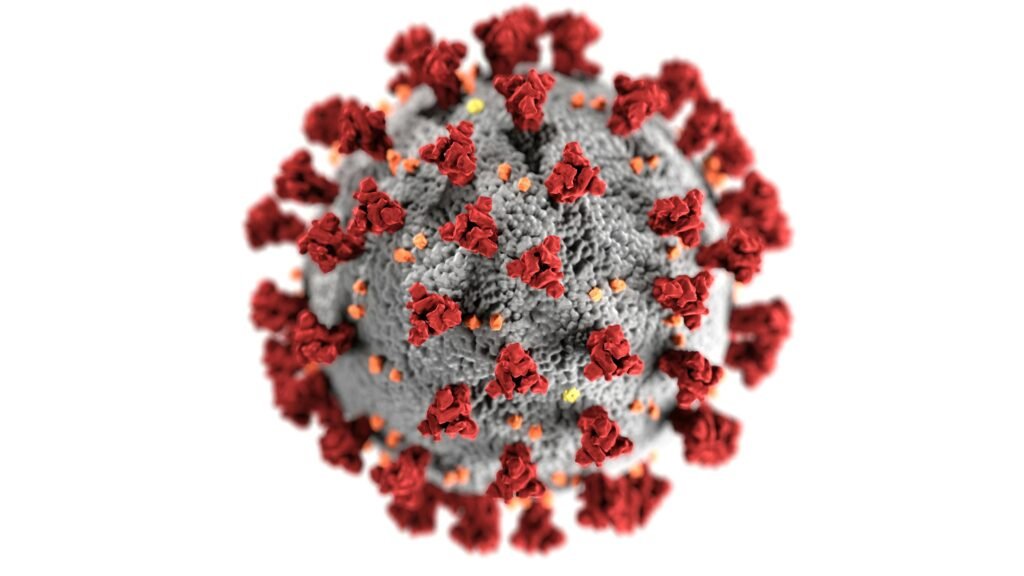For the second time we are experiencing yet another summer in the middle of the Covid pandemic, and as such talk of a summer Covid wave has been mentioned again. News about the growth of new cases and people being hospitalized make it important to gain more information on the present statistical data, new strains, and opinions of professionals.
Understanding the Summer Dynamics
That is why, even in spite of Covid-19 restrictions’ changes, people are still worried about the new wave. Based on the recent information the hospitalization rates somewhat appear to have stabilized and are slightly above the earlier figure of 2. 67 to 3. 312 per 100,000 people in the recent weeks. In particular, the elderly older than 85 years are among the most affected, which, according to the indicators, were hospitalized for Covid-19.

Debunking Misconceptions
Some people experience severe disease manifestations that are related to the infection rates of the pathogen. It’s very important to differentiate between the positive increase in infection rates and the outcomes that measures the severity of the infections. Namely, Professor Paul Hunter from the University of East Anglia still emphasizes that even though the rates of infection may be high in some months, the number of severe cases and hospitalizations is drastically lower than before. This aligns with the current phenomenon that many people receive mild infection from Covid-19 as compared to the first wave.
Spotlight on New Variants: FLiRT and KP3
Unfortunately, for Covid-19, questions have shifted to FLiRT variants, and lately, the KP3 variant in the United Kingdom. Omicron has subtypes which are from a peculiar lineage and they are loading the current figures. Their prevalence and effects are being studied by the UK Health Security Agency (UKHSA) still, which strictly encourages public health consciousness and further study.
Shifting Perspectives
Since the Covid-19 outbreak has gradually evolved from a pandemic to an endemic, people are getting used to fighting this disease in a different way. Such a change emphasizes the need for vaccination drives, and new guidelines that aim at reducing mortality and severe cases while recognising COVID-19 as a part of life in most societies. It’s a rather delicate strategy more focused on control over the virus rather than its elimination.
Practical Guidelines: Information You Should Be Aware Of
However, it is important to comprehend today’s rules of social distancing due to the recent exoneration of stricter measures. The legal requirements for isolation and masking have been removed; however, according to the UKHSA, people should isolate for five days after a positive test and avoid contact with the frail population. The roles of testing, availability, and vaccinations remain key components of the prevention strategies that need to be continually implemented to avoid further spread of COVID-19 across the globe.
Conclusion
In the future, expectations are set for ‘watching’ for the strains, ‘boosting’ with yet more shots, new waves, and the ability of societies to live with ‘endemic’ Covid-19. To manage Covid-19 more effectively, there is a need to adopt a middle ground that will fuse science, public health requirement, as well as people’s cooperation. In this regard, remaining informed, following guidelines, and promoting vaccination as and when possible remain vital measures for the protection of the health of the population in the midst of these changes.












